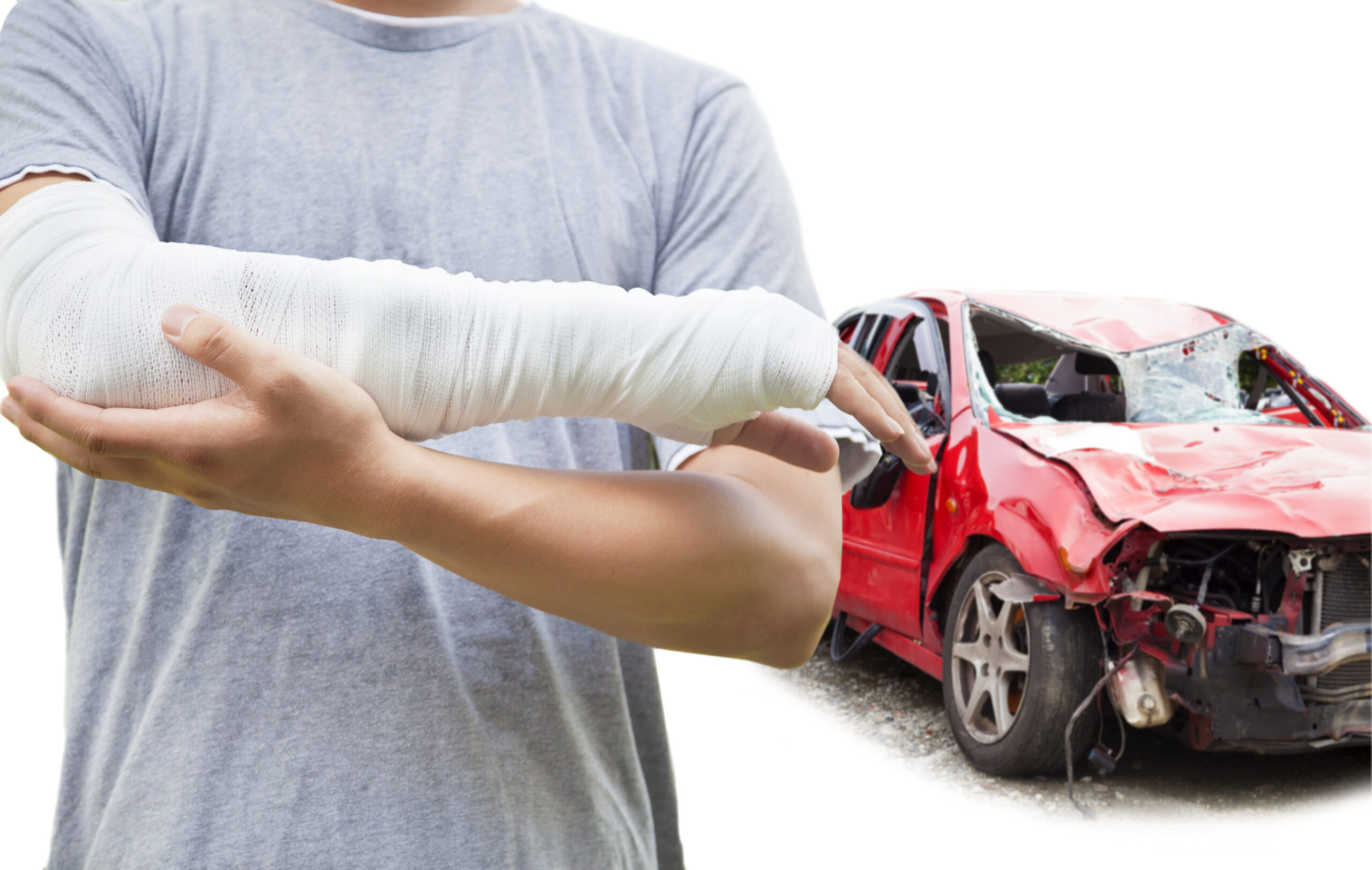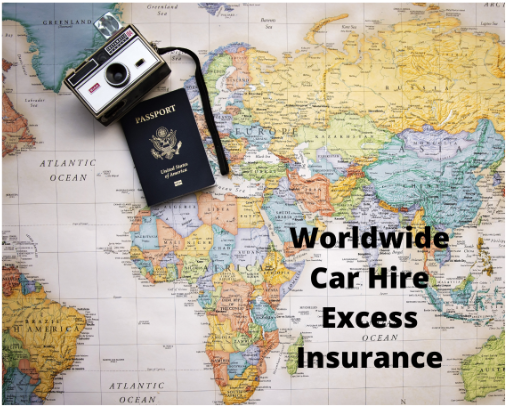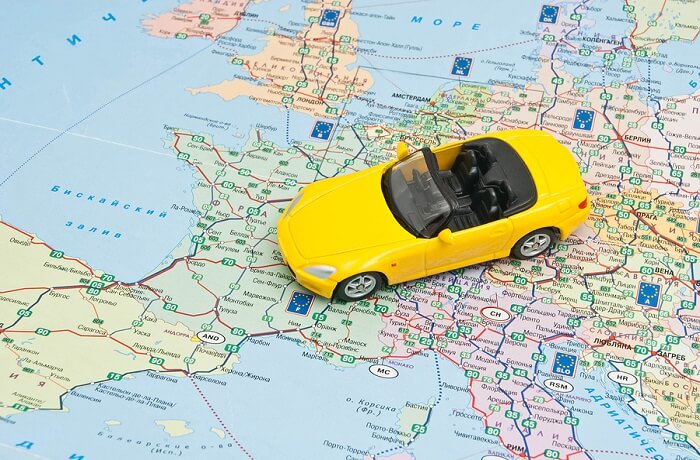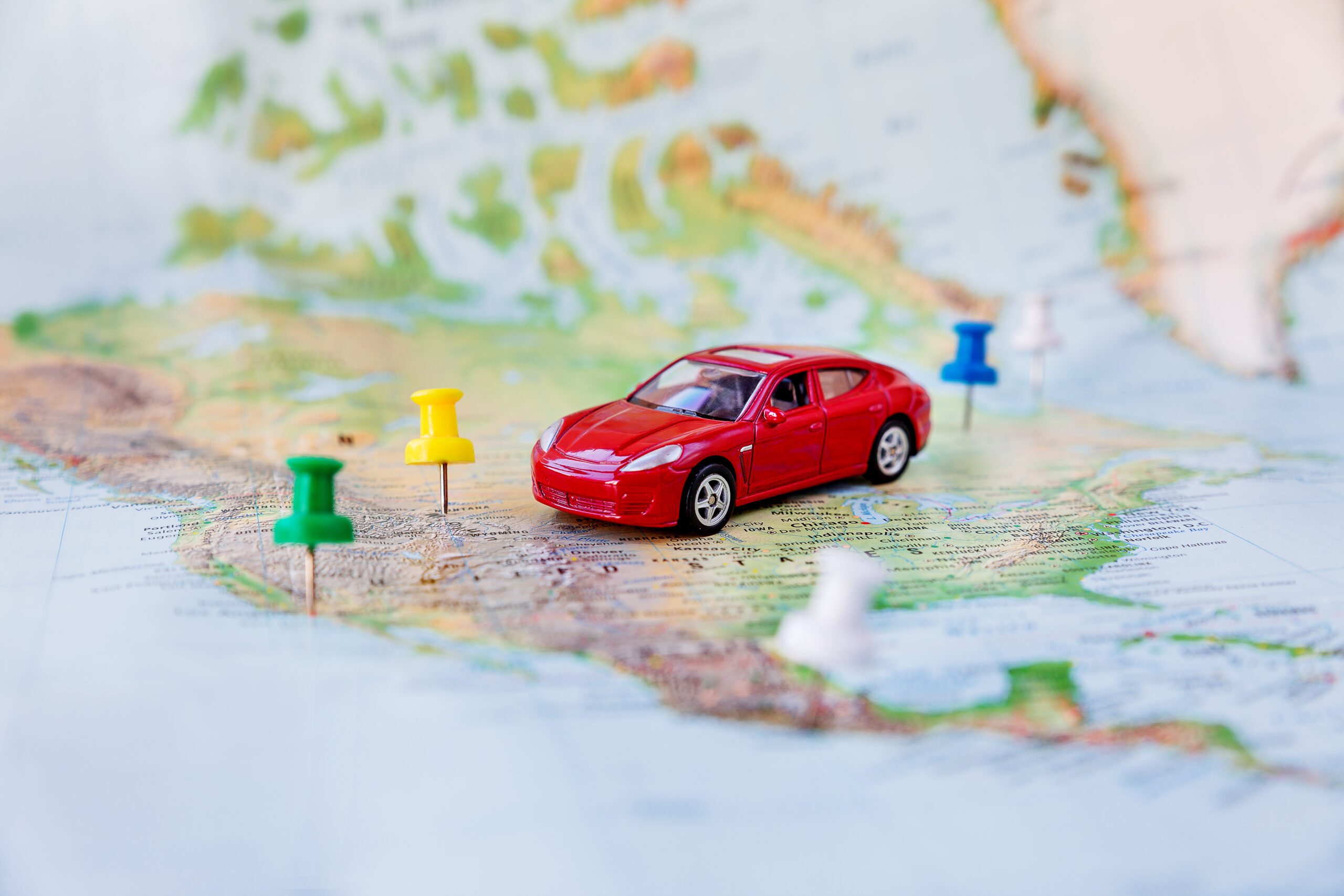Yes. Insurance for a single day is available.
What is Personal Accident Insurance (PAI) and Do You Need it When Renting a Car
PUBLISHED ON Jun, 06 2023

Traveling can be exhilarating, filled with new sights, sounds, and experiences. However, we often overlook a critical component of our journey—safety, particularly when it comes to car rentals. This is where Personal Accident Insurance (PAI) steps in as a significant safety net, providing critical coverage to ensure your peace of mind. This guide titled “Understanding Personal Accident Insurance (PAI): Your Safety Net” aims to shed light on the intricacies of PAI, including what it covers, its limitations, and its significance in the context of car rentals. Our aim is to help you navigate this often misunderstood aspect of travel, ensuring you are well-informed and prepared for any eventualities on your journey. Read on to gain a more comprehensive understanding of this vital safety measure, and learn how it can provide a secure cushion, allowing you to enjoy your travel experience to the fullest.
Understanding Personal Accident Insurance
Personal Accident Insurance (PAI), a critical component of your insurance portfolio, is designed to mitigate the risks that stem from accidents, which can occur anytime, anywhere, and are often beyond our control. Whether it’s due to personal clumsiness, unforeseen circumstances, or hazards associated with your occupation or lifestyle, accidents pose a real threat.
Fundamentally, a PAI is a type of general insurance that offers financial support in the event of an accident. It provides benefits in case of accidental death, disability, and injury. These benefits typically span all stages of an accident, from emergency evacuation to hospitalization, treatment, rehabilitation, and recovery. In severe scenarios, where the accident results in a fatality, personal accident plans offer a death benefit.
The specifics of the coverage vary based on the chosen plan. Some common aspects of coverage include emergency evacuation and repatriation, hospitalization, treatment, recovery, and death benefit. Additionally, most personal accident plans offer coverage for medical expenses on a reimbursement basis and may provide a lump-sum payout depending on the type and severity of the injuries sustained.
It’s worth noting that while PAI overlaps with other insurance types such as life, hospitalization, and travel insurance, it is unique in that it exclusively covers accidents. This differentiates it from life and health insurance, which offer coverage irrespective of the circumstances leading to death, illness, or injuries. Therefore, while it complements other insurance policies, it is not a substitute for them.
Another noteworthy aspect of PAI is that some plans offer coverage for infectious diseases. In a world increasingly aware of the impact of diseases like COVID-19, this can be an invaluable addition to your insurance coverage.
In conclusion, Personal Accident Insurance can serve as an affordable, yet essential safety net, providing invaluable financial support in the face of unexpected accidents. Its coverage for a range of scenarios—from minor injuries to more severe cases involving disability and even death—makes it a critical addition to your insurance suite.
Key Components of Personal Accident Insurance
Personal accident insurance is a type of general insurance that provides financial support to the policyholder in case of an accidental death, disability, or injury. Its primary goal is to protect against accident-related complications, offering compensation for injuries, disabilities, or death, thus ensuring a degree of financial stability in the aftermath of an accident. Here are the key components of personal accident insurance:
- Death Benefits: If the insured individual dies as a result of an accident, the personal accident insurance plan provides a death benefit. This payout is usually worth the insured amount and is separate from any life insurance the individual may have. This benefit offers financial security to the bereaved family.
- Permanent and/or Partial Disability Benefits: Accidents can sometimes lead to permanent disablement or loss of vital physical functions. In such instances, the personal accident insurance plan provides a payout to cater to the medical and daily needs of the disabled individual. There are also optional add-ons (riders) that cover expenditures like mobility aids, home modifications, and other potential costs that may arise after a severe accident.
- Temporary Disability Benefits: Even non-severe accidents can result in temporary disability or inability to work for a certain period. Personal accident insurance can provide medical reimbursement in such cases. There may also be additional riders available to cover income replacement benefits.
- Medical Expenses and Hospitalisation Benefits: Personal accident insurance can help cover certain outpatient and inpatient medical fees for treatment resulting from an accident. It’s worth noting that coverage under a personal accident plan might not be as comprehensive as health insurance coverage. Additional riders can provide hospitalisation benefits in the form of a fixed daily allowance, ambulance services, broken bone benefit, and medical evacuation and repatriation benefit.
- Rehabilitation and Recovery: Most personal accident insurance plans cover the cost of emergency and medical treatment required for recovery from accidents. This may include follow-up visits, physiotherapy, and other rehabilitation. Some plans also offer a cash payout for each day of hospitalisation or provide a daily allowance if third-party assistance is needed.
- Emergency Evacuation and Repatriation: These benefits apply when the insured individual requires an ambulance service from the accident site to the hospital (evacuation) or needs to return their mortal remains from an overseas accident site (repatriation).
The level of coverage and specific benefits can vary depending on the personal accident insurance plan chosen, making it essential to compare different plans before making a decision. Additional benefits like daily hospital cash benefits or coverage for the entire family can also be included in some plans.
What is Personal Accident Insurance in a Rental Car?
Personal Accident Insurance (PAI) covers accidental death and emergency medical expense benefits to the renter and all passengers in the rental car. According to where you are renting, PAI is frequently combined with another product called Personal Effects Coverage (PEC), bringing the total additional cost to $5–11 per day, plus taxes and fees.
Because the insurance itself is offered by third-party insurers, the PAI option will be roughly comparable if you hire from any of the main rental car companies:
- Alamo Personal Accident Insurance (PAI) International
- Avis Personal Accident Insurance (PAI) – PAI provides the following maximum benefits for accidental bodily injury:
- Accidental Death and Dismemberment up to $175,000 (renter) and $25,000 (passenger).
- Accident Medical Expenses up to $10,000
- Hospital Accident Benefit of $500 per day up to 30 days
- Budget PAE – Personal Accident & Effects Insurance. PAE provides medical, hospital, death and dismemberment benefits for bodily injury resulting from an accident, and benefits for loss of or damage to certain personal property while in the rented vehicle. Coverage is for the term of the rental agreement and will not exceed a 30-day consecutive period. PAE provides the following maximum benefits for accidental bodily injury:
- Accidental Death and Dismemberment up to $175,000 (renter) and $25,000 (passenger).
- Accident Medical Expenses up to $10,000
- Hospital Accident Benefit of $500 per day up to 30 days
- Personal Effects coverage for each item is $1,000; maximum for all covered items in rental vehicle is $3,000
- Dollar Personal Protection Package (PPP) – PAI provides coverage to you and your passengers for: accidental medical expenses, ambulance expenses, accidental death benefits during the rental, 24hr coverage during the rental period (whether in vehicle or not).
- Enterprise Rental Car Insurance and other Protection Products (US)
- Hertz Personal Protection Package
- National PAI – The purchase of this insurance is optional and it covers ambulance service, doctors, hospitalization and nurses for each passenger in the vehicle, with a maximum limit of US$6,900 (RD$200,000) for each passenger in the vehicle, including the driver, up to the maximum of passengers allowed in the vehicle. Coverage also includes accidental death coverage of US$17,250 (RD$500,000).
It’s crucial to be aware that this insurance may duplicate the coverage provided by your personal health and life insurance plans, which are likely to provide the bulk of your coverage. This implies that your individual policies will normally pay out first, and the PAI will take over once the policy limitations have been reached.
The typical medical coverage maximum is $3,500, while the typical ambulance benefit is $150. Typically, the renter’s death benefit is $175,000 and the passenger’s payout is $17,500.
The Risk of Not Buying PAI When Renting a Car
Personal Accident Insurance (PAI) is a type of coverage offered by many car rental companies. It provides accidental death and emergency medical expense benefits to the renter and all passengers in the rental car. The key risk of not buying PAI when renting a car comes into play when there is an accident that results in medical costs or death. If you don’t have PAI, these costs would need to be covered by you, your estate, or your personal insurance policies.
PAI is particularly relevant if you do not have health or life insurance. If there is an accident, without PAI, you or your estate would be responsible for paying all medical costs for everyone in your rental car. This could potentially lead to significant financial burden.
Even if you have existing health or life insurance, it’s important to understand that your personal policies would typically be the primary coverage. This means that these policies would be the first to pay out, and the PAI would only kick in once the policy limits of your personal insurance have been reached.
Furthermore, while health insurance might cover some medical expenses, it may not cover all costs associated with an accident, like emergency medical care and accidental death. The typical PAI coverage limit for medical expenses is usually around $3,500, and for ambulance service around $150. On the other hand, death benefits are higher, usually about $175,000 for the renter and $17,500 for the passenger.
Therefore, while it might seem like an unnecessary expense at first, not opting for PAI could pose a considerable risk, especially if you don’t have adequate personal insurance coverage. It’s always best to review your personal insurance policies and understand the exact coverage they provide before deciding to decline PAI. If you decide to buy PAI, make sure to review the terms and conditions of the coverage to ensure it’s adequate for your needs.
Frequently Asked Questions (FAQ)
No. We provide a single journey plan. You are covered from the time you pick up the rental car up to the time you return it or on the last date written on your Certificate of Insurance, whichever comes first.
No. You should purchase a policy before starting your travel.
Find the answers you’re looking for to the most frequently asked car hire insurance questions as well as other questions relating to our products and services.



